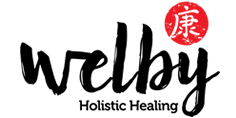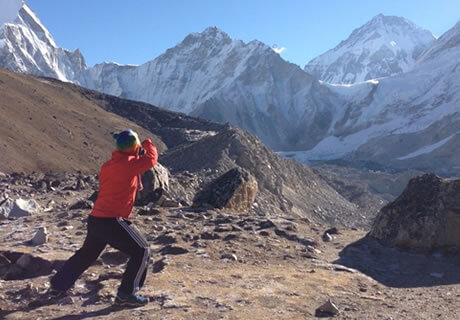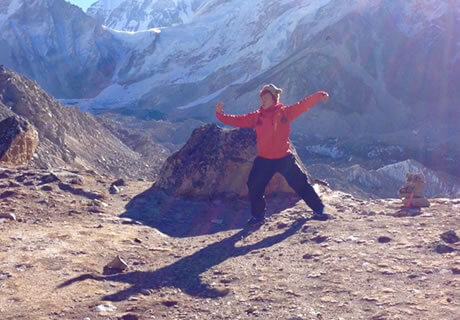Congratulations to those who managed to find time attending the fan workshop redux during this busy time of the year in the beginning of December. We had a smaller group of people this time for the intensive training to ensure we got the sequence right and corrected a few fan techniques for those who have…
Year: 2017
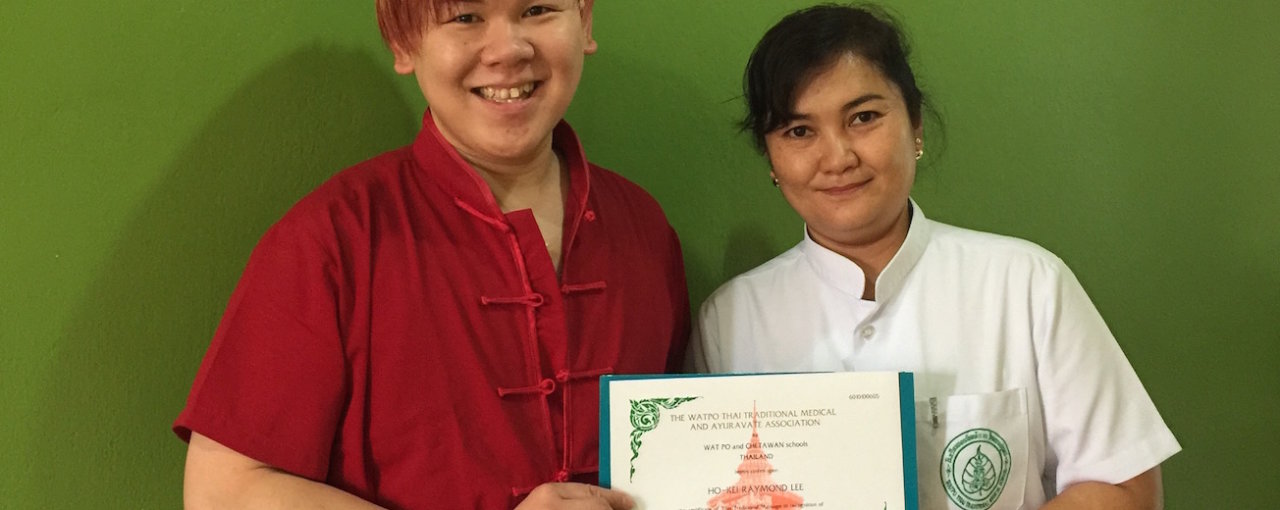
Bendigo Physiotherapist Completed Further Certification at Wat Po Thai Traditional Medical School
During the recent term break Raymond returned to Wat Po temple in Thailand to participate and to take Reusi Dat Ton (Thai Yoga/ Hermit Exercises/ Ascetic Self Stretch) classes every morning to consolidate what he studied back in May.
“The morning class is free to public and most of the time students who are studying traditional Thai massage or foot massage are encouraged to attend this morning class as Reusi Dat Ton is regarded as the foundation of traditional Thai medicine. It was fantastic as I get to mingle with other students who are studying traditional Thai massage and on certain days tourists from all over the world who are curious and simply giving it a go. It was quite strenuous because of the heat and humidity but it was really rewarding afterwards. Also you get a Mulberry tea as a “reward” after the 30mins session!”, said Raymond of the experience taking classes in the famous temple.
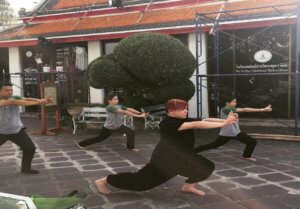
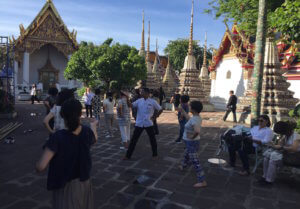
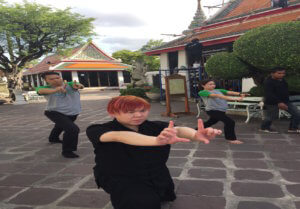
At the same time Raymond also completed the Traditional Thai Facial Therapy certificate after giving 20 facial treatments successfully to fellow students, teachers and customers to the clinic.
Facial therapy consists of seven steps include cleansing massage, apricot exfoliation, Thai traditional facial massage, clay mask, cucumber mask, toner and collagen enriched face cream.
“The facial therapy protocol is very very very strict and the teachers there do not allow any deviation from the traditional method. I guess since it has been passed down from generations and a proven approach to facial rejuvernation, why change anything? But I cannot wait to combine that with facial acupuncture techniques because I can see the same acu-points they use with the facial massage, if we follow the same flow of energy and sequences we may be able to create an even more powerful facial rejuvernation regime! For those people who are not comfortable with needles, then the facial therapy can be a stand-alone treatment to achieve great result already! I am very excited.”, exclaimed Raymond.
WELBY Holistic Healing is planning to commence a unique Reusi Dat Ton class in Bendigo in 2018, you can register your interests using our contact form http://welbyholistic.com/contacts or email info@welbyholistic.com
Facial therapy and facial rejuvernation acupuncture treatments http://welbyholistic.com/facial-acupuncture-bendigo/are available at Bendigo Chinese Medicine, 54 Booth Street, Golden Square. For more information you can contact us at info@welbyholistic.com or call 54431393 for an appointment.
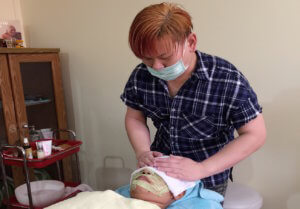
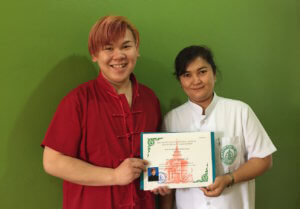
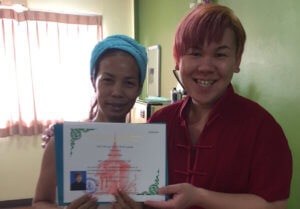
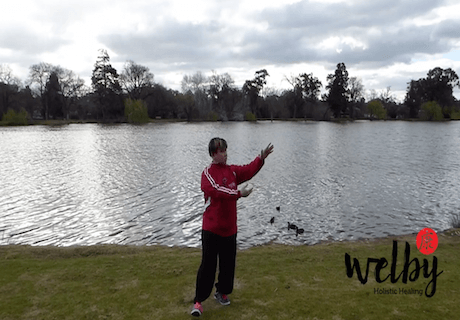
Shibashi Tai Chi Qigong Routine #3
Our first reference video to help and motivate current students consolidating what we learn in one of our Qigong classes. Shibashi Routine #3 is designed to build up our internal energy focusing on the flow of Qi (Vital Energy) and fluidity of movements and coordination. It is easy to learn and very enjoyable to practise…
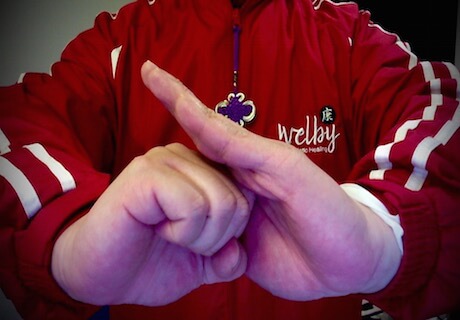
The History of Salutation
One of the first things you would learn when joining a Chinese kungfu/ taichi school is to salute. There are many different interpretations and meanings behind the now standardised salutation in all international wushu/ taichi/ Chinese opera/ lion and dragon dancing events and performances.
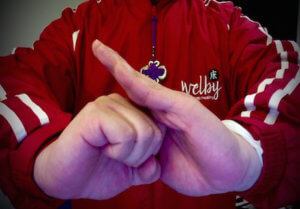
According to IWUF – International Wushu Federation …
http://www.iwuf.org/upload/2015/0206/f1b635666e05c34a953ba463a438f4ae1a614e02.pdf (Page 63)
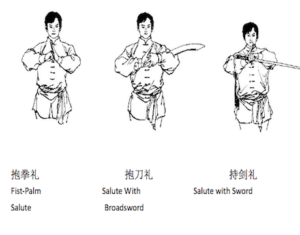
But why left palm right fist? (Except when you are holding a weapon)
It all dated back to as early as 6th-5th Century B.C and it is stated clearly in one of the highest regarded and the earliest classical Chinese literature “Tao Te Ching” – The Way of Moral/ Virtue’s Chapter 31.
老 子: 「道 德 经」 : 第 三 十 一 章
夫 兵 者 , 不 祥 之 器 ,
物 或 恶 之 , 故 有 道 者 不 处 。
君 子 居 则 贵 左 , 用 兵 则 贵 右 。
兵 者 不 祥 之 器 , 非 君 子 之 器 ,
不 得 已 而 用 之 , 恬 淡 为 上 。
胜 而 不 美 , 而 美 之 者 , 是 乐 杀 人 。
夫 乐 杀 人 者 , 则 不 可 得 志 于 天 下 矣 。
吉 事 尚 左 , 凶 事 尚 右 。
偏 将 军 居 左 , 上 将 军 居 右 , 言 以 丧 礼 处 之 。
杀 人 之 众 , 以 悲 哀 泣 之 , 战 胜 以 丧 礼 处 之 。
Chapter 31
Now arms, however beautiful, are instruments of evil omen,
hateful, it may be said, to all creatures. Therefore they who have
the Tao do not like to employ them.
The superior man ordinarily considers the left hand the most
honourable place, but in time of war the right hand. Those sharp
weapons are instruments of evil omen, and not the instruments of the
superior man;–he uses them only on the compulsion of necessity. Calm
and repose are what he prizes; victory (by force of arms) is to him
undesirable. To consider this desirable would be to delight in the
slaughter of men; and he who delights in the slaughter of men cannot
get his will in the kingdom.
On occasions of festivity to be on the left hand is the prized
position; on occasions of mourning, the right hand. The second in
command of the army has his place on the left; the general commanding
in chief has his on the right;–his place, that is, is assigned to him
as in the rites of mourning. He who has killed multitudes of men
should weep for them with the bitterest grief; and the victor in
battle has his place (rightly) according to those rites.
Therefore you can see from the traditional Chinese culture, left palm represents humility especially with thumb tucked in to represent “four” and the right fist representing “five” – “Five Lakes and Four Seas” (五湖四海) or “Five Continents and Four Oceans”(五洲四洋) which essentially means – “All over the world” – We who practice kungfu, taichi, qigong all over the world are one big family and friends without judgment but only love and understanding.
The “four” also represents the all around development of the four ways of life – moral qualities, intellectual ability, physical fitness and aesthetic appreciation.
When we are saluting with the left palm covering the right fist, it is to show self control, discipline, respect, humility before any act of self proclaimed bravery, fight or righteousness as a sign of self assurance. (止戈为武 – to stop or avoid a fight is the ultimate way of martial arts)
So when do we do right palm left fist salutation? As you can read from Chapter 31 in Tao Te Ching again, it is to be used during mournful events such as a funeral to show your condolences, to disrespect someone or sometimes a fight to the death.
However when you are holding a weapon, you keep your right hand opened because that way you show your decency that you are not hiding anything other than the weapons that you are carrying on your left.
There are also suggestions that because of the yin and yang theory or ancient sexism, women should be doing the salute with right palm, left fist. With time changing and equality in the modern world this has been disregarded and hence now standardised in any international events with the left palm and right fist salutation to honor the traditional Chinese culture and value.
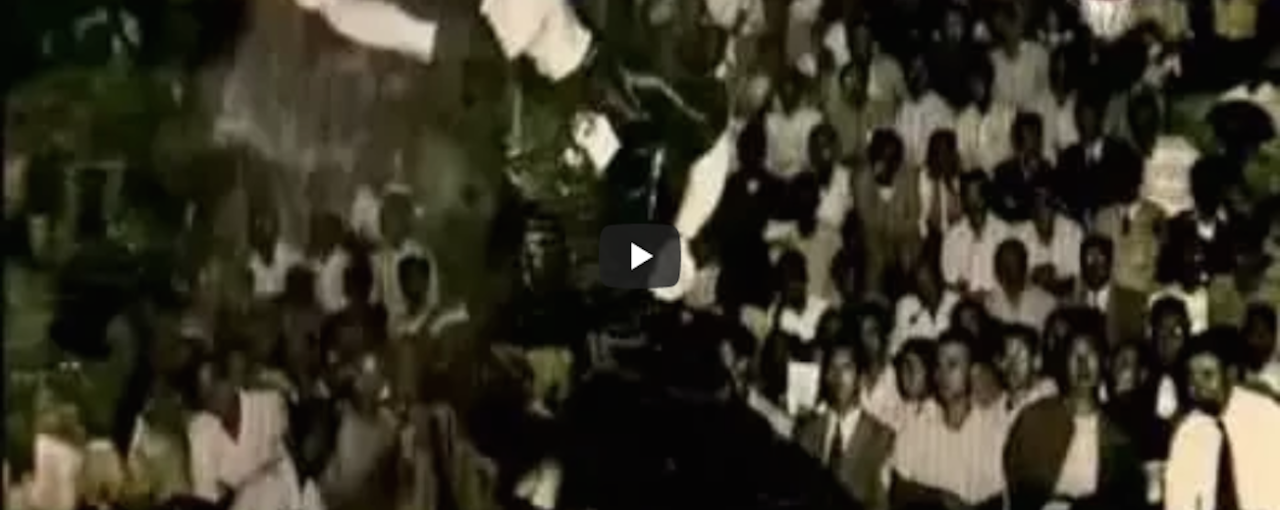
Links for History and Development of Kung Fu in Hong Kong/ Tai Chi Documentary
Posting a few interesting links for your reference of Kung Fu development in Hong Kong and also a documentary about Tai Chi, yes we understand we are doing it for health reasons these days, it is also essential to understand the martial applications, biomechanics so we can apply the movement principles in every day activities…
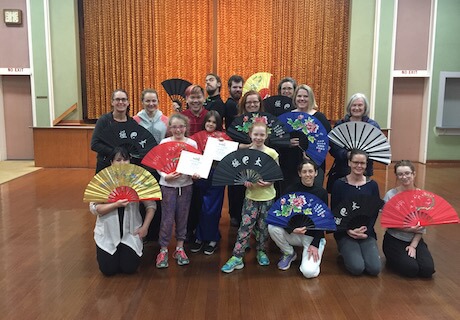
Bendigo Taichi Chinese Kung Fu Fan Workshop
Bendigo students from WELBY Holistic Healing had a great time participating at the Chinese fan workshop on 17th June 2017, we had a good mix of students from all different disciplines (kung fu, tai chi, qigong, mulan and junior kung fu) coming together and it was amazing to see everyone helping each other out and training intensively, especially the junior students, who held themselves together so well and stayed focused.
We cannot wait to organise the next workshop, so if you have any ideas of what you would like to learn, please feel free to contact us.
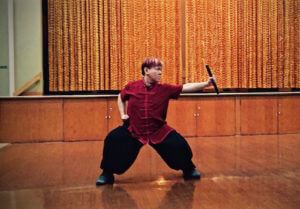
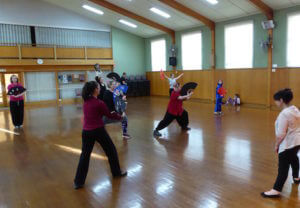
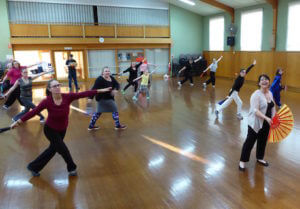
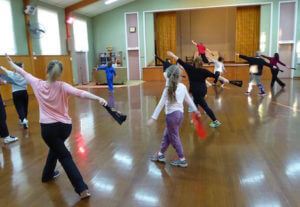
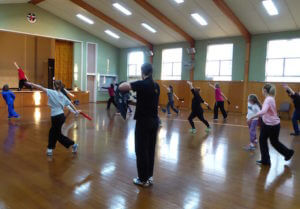
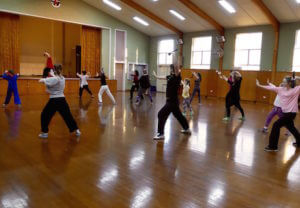
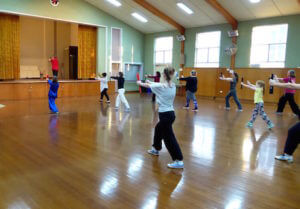
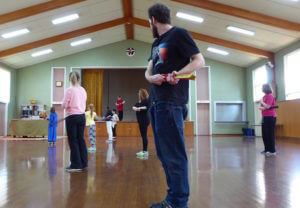
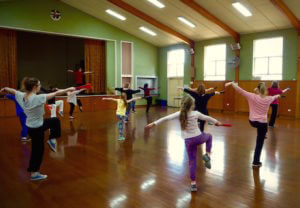
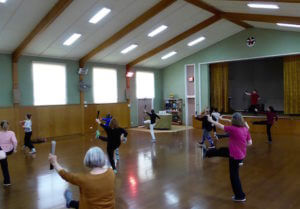
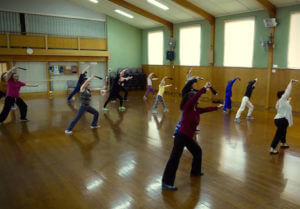
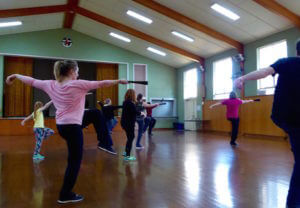
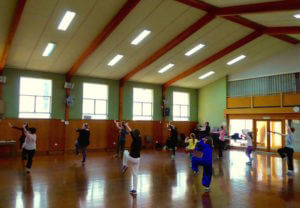

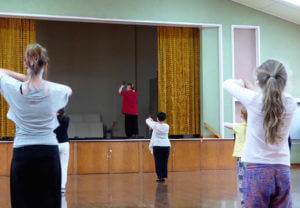
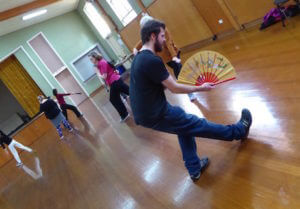
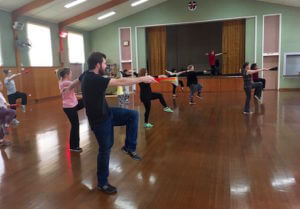
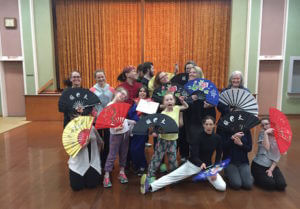
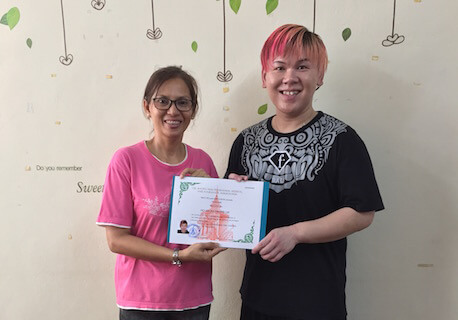
Raymond completed Reusi Dat Ton (Thai Yoga) training in Thailand
Reusi Dat Ton (Ascetic Self Stretch/ Hermit Yoga) is an important part of the traditional Thai medicine and culture. The movements are based on the Reusi statues at the temple and their poems about their health benefits.
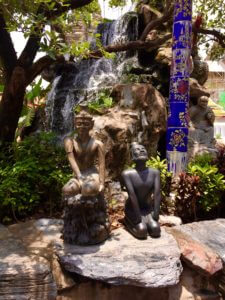
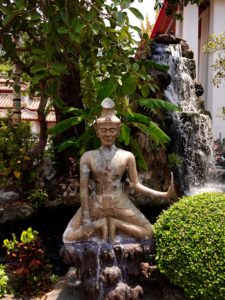
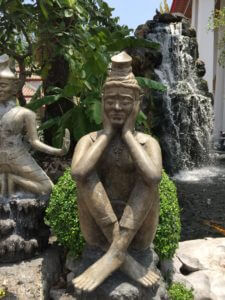
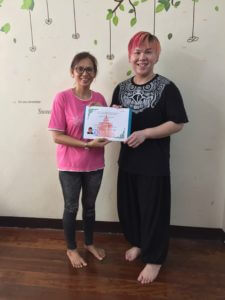
It usually starts with breathing exercises, self acupressure massage and then moves onto dynamic stretches and poses, which is very similar to how we would normally run our taichi and qigong classes at WELBY Holistic Healing.
Raymond was very lucky to train in a very small group with only three other people and found the intensive close supervision extremely beneficial (and grueling especially in 35 degrees heat and 90 – 100% humidity with no air conditioning!).
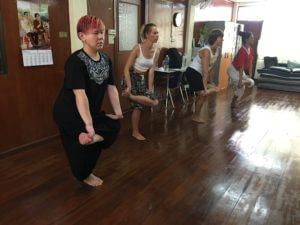
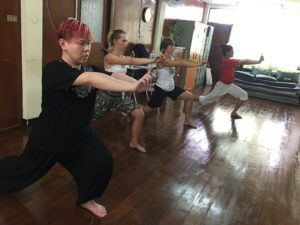
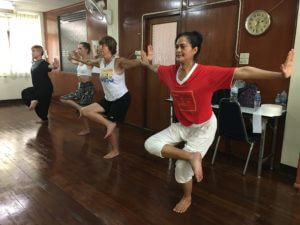
“It is almost the missing link between Yoga from India and Qigong from China, I think this is the perfect form of exercise for people who find Yoga a little bit too “static” and Qigong transition too “dynamic”. As soon as we started training you can straight away recognise the movements from both Yoga and Qigong and even Pilates. I have already started prescribing individual exercise from the Reusi Dat Ton series for physiotherapy patients with neck and upper back pain and have immediate success. I truly cannot wait to start sharing what I have learned soon! It has been an eye opening experience and a reminder that I should always keep an open mind when comes to learning things I am skeptical and not familiar with.” exclaimed Raymond.
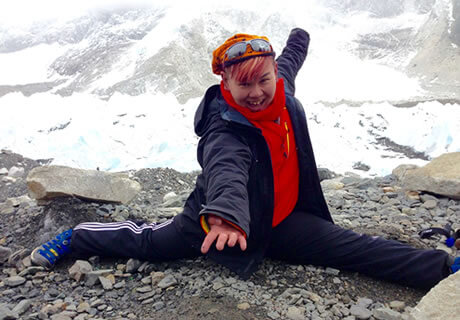
Taichi with an Altitude (Three Year Anniversary)

Elementary Chinese Fan Workshop
Open to All Practitioners
This will be a fun Saturday afternoon workshop to learn something new, challenge your motor skills and brain cells along with lots of laughs guaranteed. (And yes – food afterwards!)
I have adopted this ancient routine to make it work for all styles and levels and I cannot wait to share it with you. This workshop is open to everyone even if they are not a student of WELBY Holistic Healing as long as they are interested to learn something different.
If you knew any person who may want to learn this versatile routine regardless of their training backgrounds, please encourage them to join and we are more than happy to assist modifying the routine and to suit the person’s style.
Workshop
Introduction to Fan as a martial arts weapon; basic skills and techniques specific to the fan including strikes, thrusts, slash, chops, sweeps and flowering; integration of those basic skills into an elementary fan routine that can be adapted into kungfu, taichi and even a dance routine including a demonstration.
Elementary Fan routine is a blueprint form that is based on an ancient Shaolin Temple form with Huaquan (Flower Fist System) elements.
Contrary to Western concepts, Chinese fan is considered a scholar weapon primarily used by men and signify the balance of yin and yang. The folded fan could be easily carried and concealed as a weapon; hence a martial artist with a fan in his/ her hand at a social function could be at one moment be the elegant scholar, and in the next, a deadly fighter.
Nowadays fan is widely used by both male and female practitioners to balance and compliment the yin and yang qualities of energy (Qi).
Suitable for kungfu, taichi practitioners, martial artists from all styles and dancers of all levels.
Beginners and Advanced Students welcome!
Chinese Fan is a specific item and cannot be substituted with normal folding fan, if you are unsure or have not seen Chinese fan before, please inquire during your class.
*Chinese fans need to be ordered in advance, please advise as soon as possible if you intend to do the workshop or just would like to buy one for daily use.
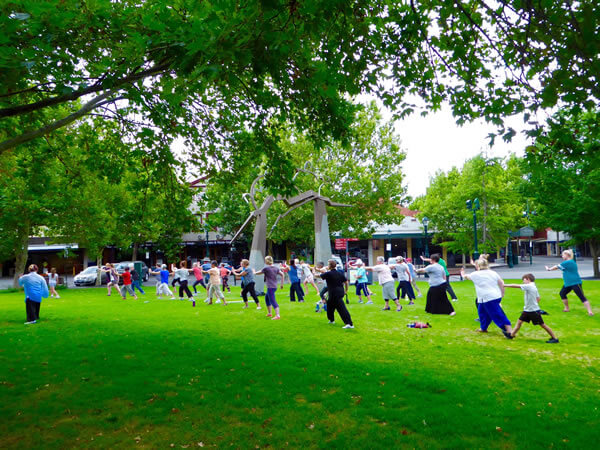
When: Saturday 17th June 2017
Time: 1:30 – 5:30pm
Where: St Andrew Church Main Hall, 26 Myer Street
Car parking: 88 Mollison Street Church Car Park
Cost: $155 (Workshop) $28 (Chinese Fan Purchase)*
Bookings: 20% deposit no later than 3rd June 2017
Contact:
WELBY Holistic Healing
E: info@welbyholistic.com
M: 0404304174
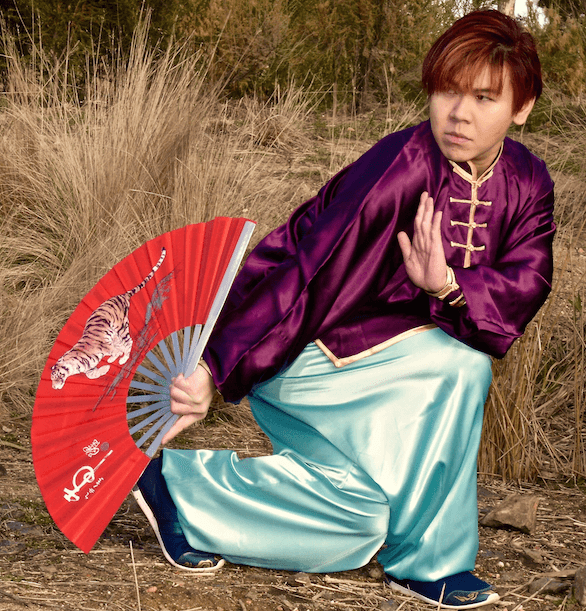

Autumn - Tips for Self Care
According to the ancient I-Ching (易經) or the Classic of Changes, in autumn yang qi (energy) diminishes as the yin qi rises, the weather cools down and the temperature difference between day and night increases drastically, we are prone to getting unwell especially people with history of bronchitis, asthma, gastrointestinal tract issues.
Autumn is all about prevention.
Autumn’s element is metal which is corresponding to our lung functions in five elements theory therefore I-Ching suggests us to look after our lung during autumn in order to prevent more severe illness during winter.

Things you can try include:
1) Keeping your abdomen warm (15 minutes) with heat pack/ hot water bottle nightly before sleep
2) Keep yourself hydrated by drinking warm water (for a glass of water, mix 1/3 boiling water with 2/3 room temperature water)
3) The 4:6 breathing exercise combined with chest percussion technique we learned in class
4) Qigong movements e.g. Shibashi #1 Movement No. 2 Expanding the Chest, BaDuanJin Movement No. 2 Shooting the Eagle, Dawu Movement No. 1 Head Lifting Posture
5) Ping Shuai Gong* 易經甩手功第一式:平甩功 (Arm Swinging Qigong) – Please do minimal of 10 cycles and repeat 5 to 6 times a day, each time will only take you one to two minutes.
6) 13 Meridian Workout
In my experience the most effective ones are #2, 5 and 6, they are simple yet effective especially #5.
As my sifu (master/ teacher/ mentor) said – do not underestimate the most basic routines, they are basic routines for a reason and foundation, foundation, foundation.
* We have only done move #1 from and we will slowly introduce the rest of the seven in due time as we progress.
